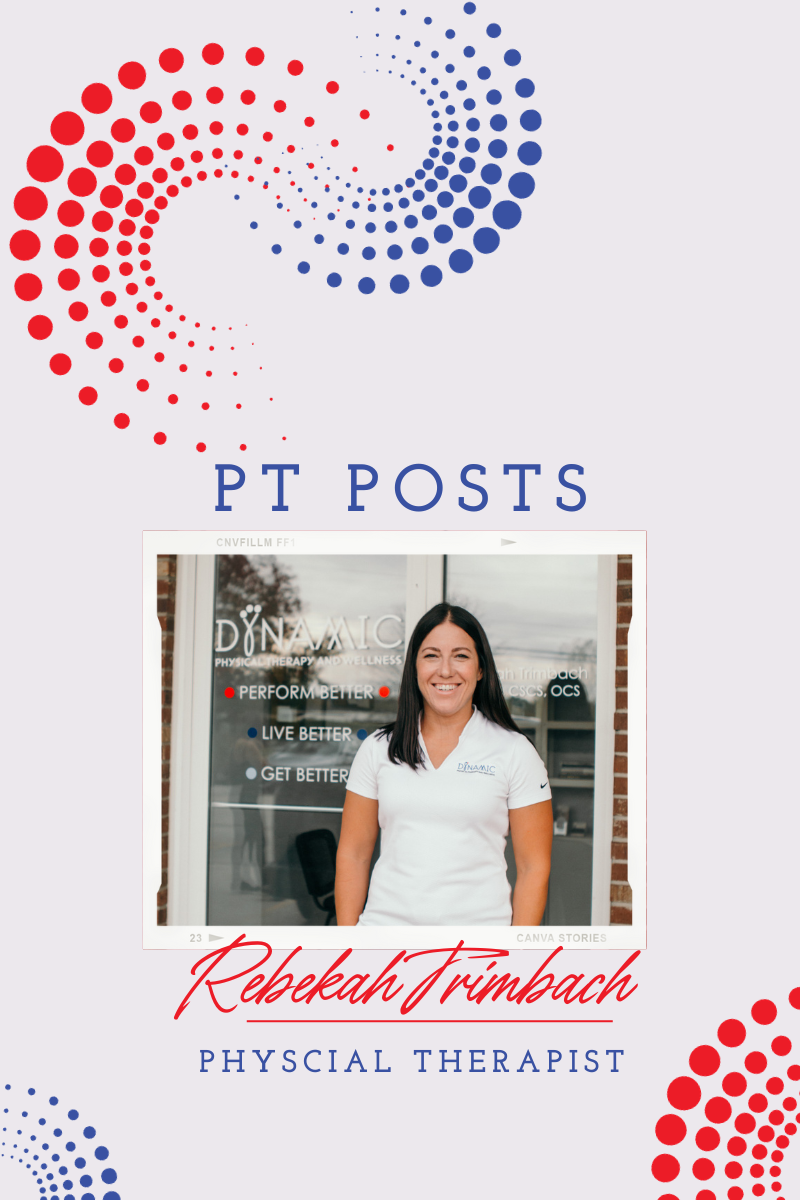PT Posts: Plantar Fasciitis; It's Not a Rock In Your Shoe
- Rebekah Trimbach

- Nov 13, 2023
- 3 min read
Updated: Mar 4
Have you recently started walking more, started a running or workout program and as a result noticed foot or arch pain that you just can’t shake? Does it sometimes feel like there's a rock in your shoe? Plantar fasciitis is the most common foot ailment treated by healthcare professionals (Martin et al, 2014).
“It has been estimated that plantar fasciitis occurs in approximately 2 million Americans each year and affects as much as 10% of the population over the course of a life-time."
(Martin, et al, 2014)
What is plantar fasciitis?
Generally speaking, plantar fasciitis is inflammation in the tissue along the bottom of your foot. Plantar fasciitis can affect one or both feet, and typically manifests as pain in the bottom arch of your foot. Pain is typically worse first thing in the morning and/or after taking your first few steps after prolonged sitting. This “pain in the foot” can put a real damper on your ability to walk, run and perform your daily activities.
What are the risk factors?
There are a few risk factors that have been identified for developing plantar fasciitis. Stiffness in the ankle, having a high foot arch, higher body mass, and running were found to predispose individuals to development of plantar fasciitis. Limitations in flexibility including calf muscles and hamstring muscles can also lend to foot pain due to altered foot mechanics. Muscle weakness or imbalance of strength/mobility of hips and core can also lend to development of foot pain through impaired walking and running mechanics. So now that we know a few things that can contribute to foot pain, the real question is "how do I get rid of my pain!?"
What can I do for treatment?
Lower leg, ankle and foot stretching can help to reduce your foot pain. Click this link to access a complimentary PDF of Rebekah's e-book all about plantar fasciitis, including exercises to try at home in order to help improve flexibility and decrease foot pain. If stretching and your normal exercise routine are not doing the trick to get rid of your pain, Rebekah can help provide you with an individualized assessment to identify problem areas and develop a corrective program.
Rebekah will assist with targeted strengthening, soft tissue mobilization, joint mobilizations, analysis of walking/running technique, taping techniques and education on footwear modification to combat foot pain. She can also provide valuable education regarding the use of arch support inserts and the use of night splints for pain control. Dry needling is another treatment that can be used in conjunction with above tools to decrease pain from plantar fasciitis. Dry needling is a treatment performed by a physical therapist in which a fine filament needle is inserted into the targeted muscles to improve muscle and tissue mobility, decrease pain, and improve muscular function. You can read more about dry needling at Rebekah's PT Posts here.
Contact Rebekah with questions and book your appointment at TerraLuna via her schedule here to jump start your road to recovery and get that pain out of your foot!
References:
Robroy L. Martin, Todd E. Davenport, Stephen F. Reischl, Thomas G. McPoil, James W. Matheson, Dane K. Wukich, Christine M. McDonough, Roy D. Altman, Paul Beattie, Mark Cornwall, Irene Davis, John DeWitt, James Elliott, James J. Irrgang, Sandra Kaplan, Stephen Paulseth, Leslie Torburn, James Zachazewski, and Joseph J. Godges. Heel Pain—Plantar Fasciitis: Revision 2014. Journal of Orthopaedic & Sports Physical Therapy 2014 44:11, A1-A33



Comments